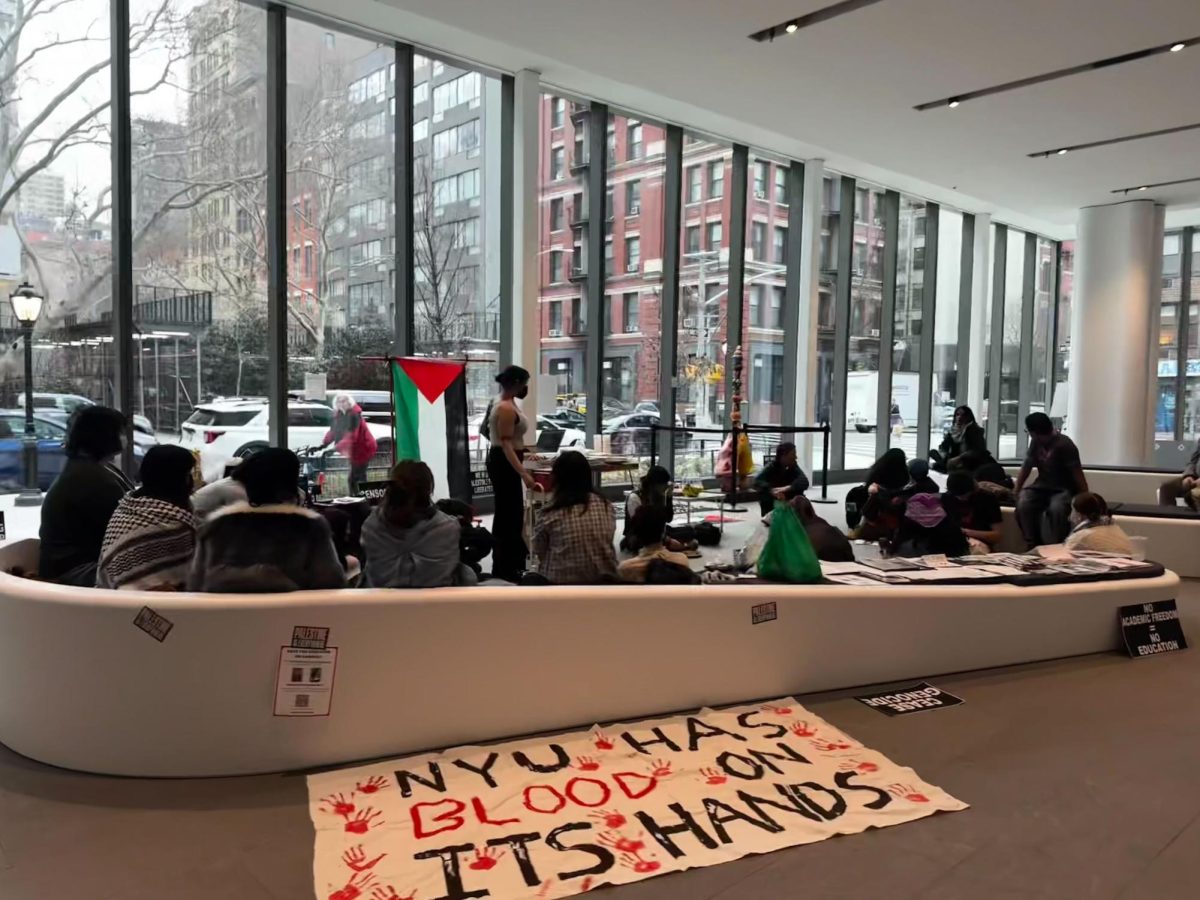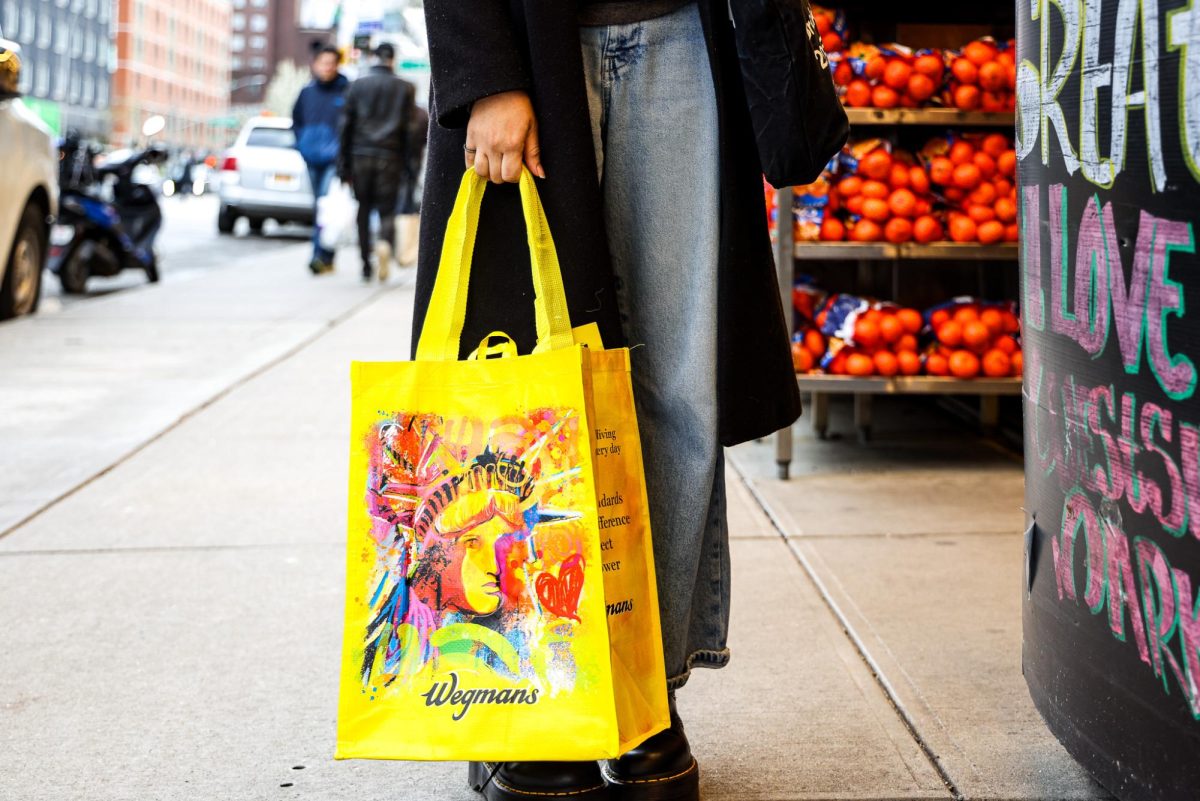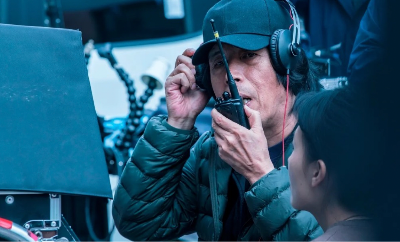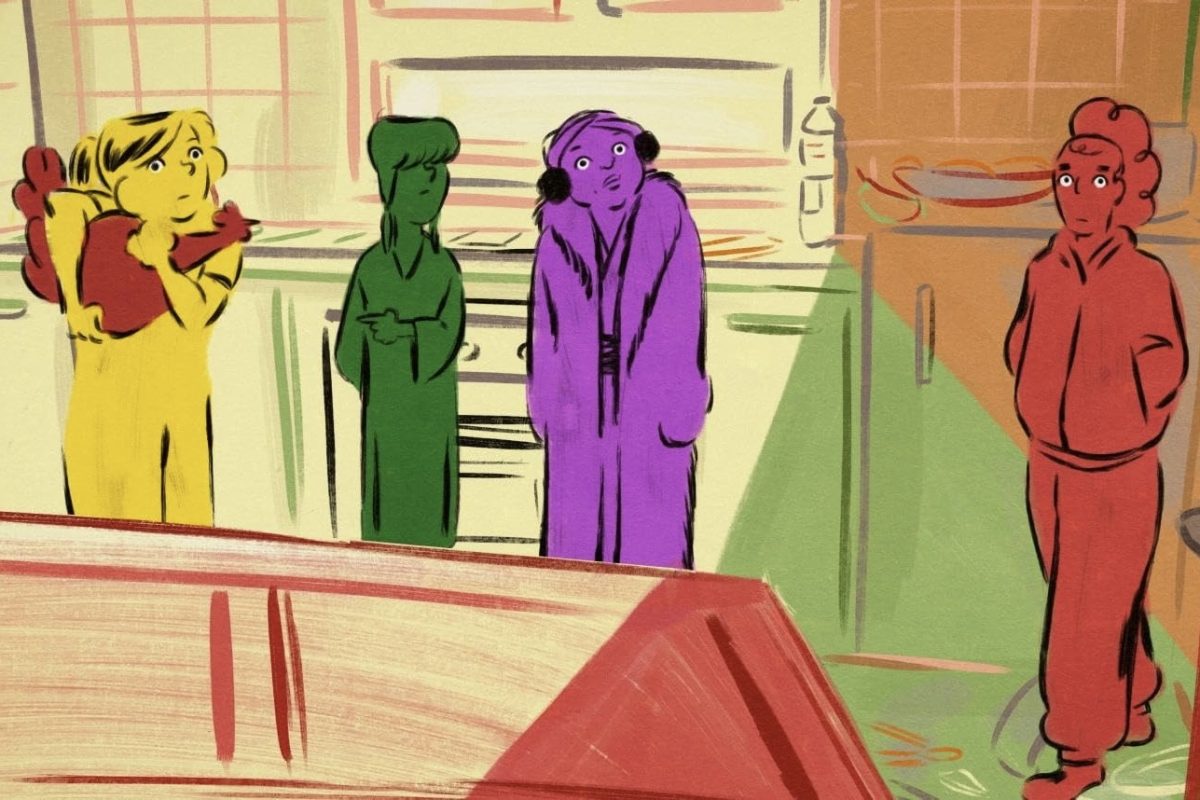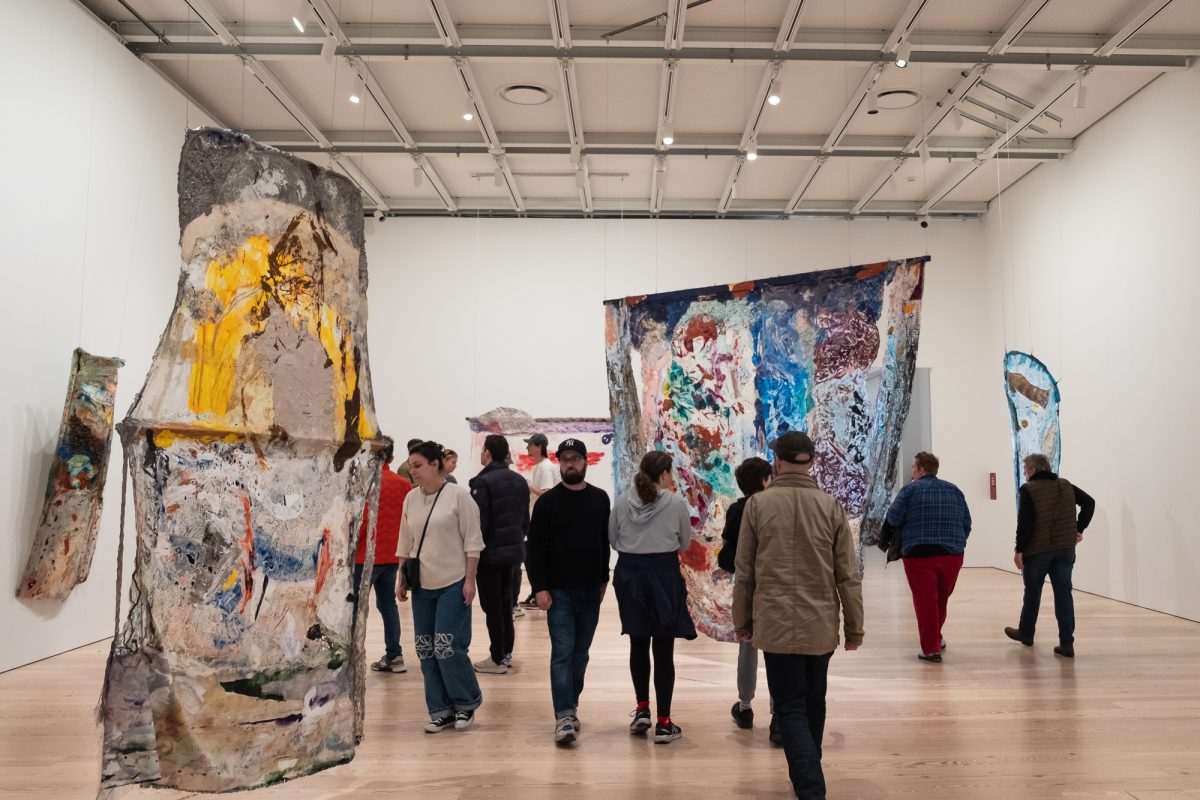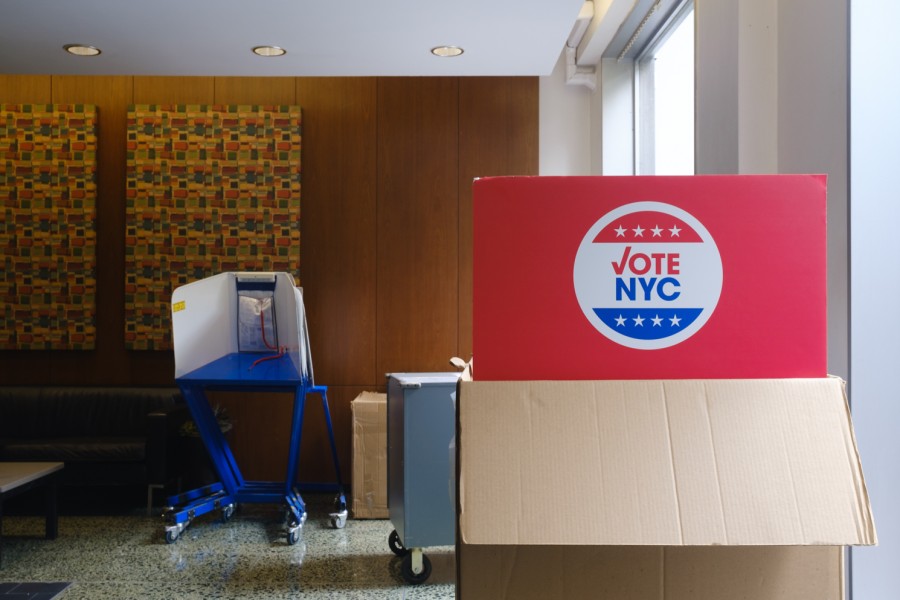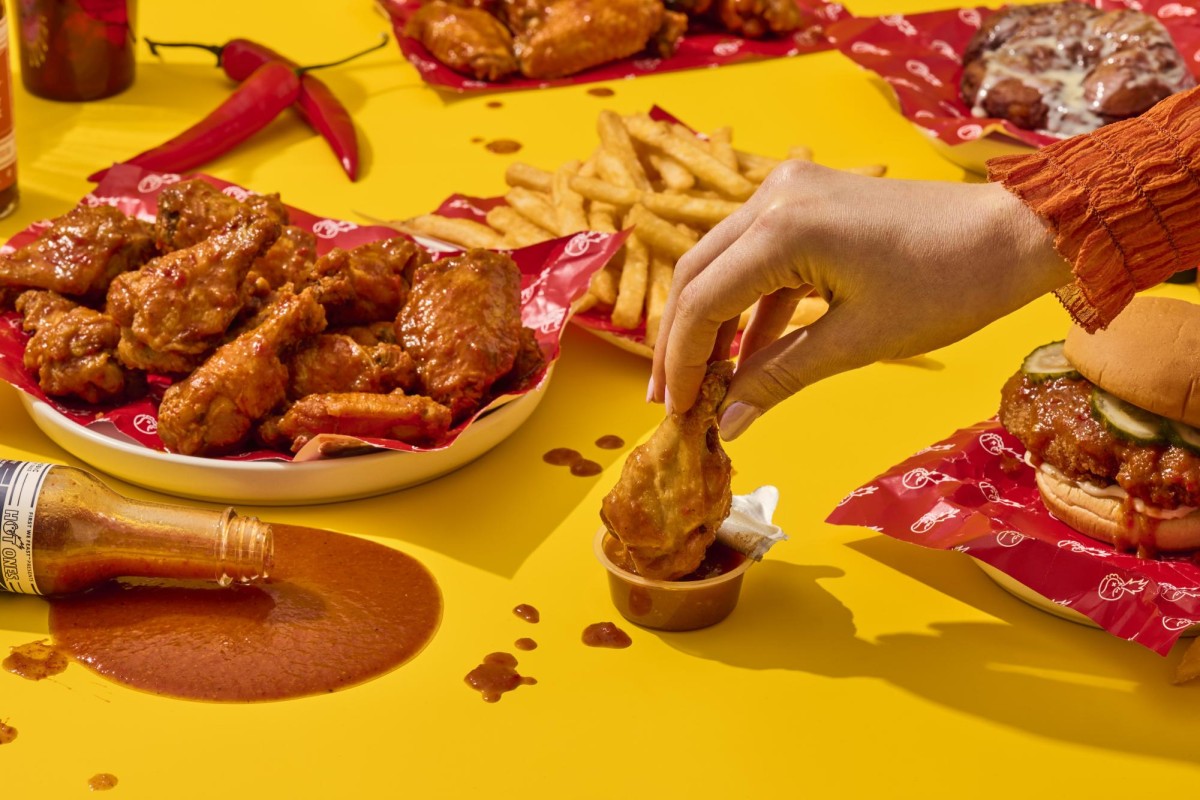Coddington Steps Down at Vogue After 28 Years
Grace Coddington steps down as Creative Director of Vogue. Once again the fashion industry is left in a wake of uncertainty about what lies ahead for the future of fashion.
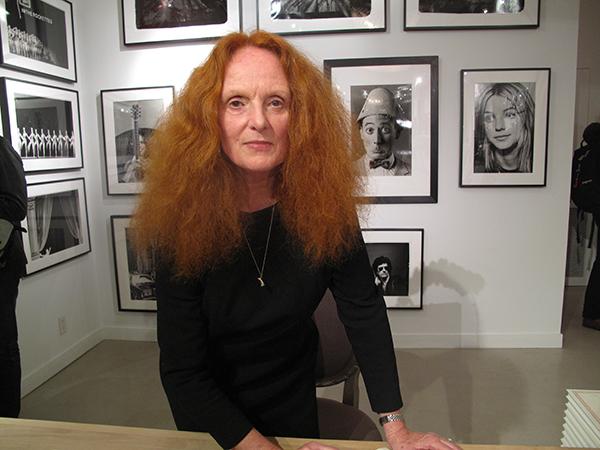
Grace Coddington, who recently announced her retirement, has been the creative director of Vogue since 1988.
February 1, 2016
With one final flash as fiery as her orange hair, the flame that Grace Coddington brought to Vogue fades into the background. On Jan. 20, it was publicly announced that the creative director of Vogue would be stepping back from the fashion magazine and take the title of creative editor at large. While she will continue to contribute her creative eye on several shoots a year, her role at the magazine will lessen. No bridges burned, but the 74-year-old creative director is known to have expressed burned-out feelings due to the demands of the job. The lighter workload allows her to explore other creative ventures of her own.
The vacancy of her position certainly raises the question of what direction in which Vogue will be taken. Coddington helped define her and editor-in-chief Anna Wintour’s legacy at Vogue. The magazine is considered to be the fashion bible by many, and Coddington assisted in writing it. Both she and Wintour began running the magazine in 1988. The magazine has thrived under their influence, but perhaps over the exponentially growing digital age, a disconnect has grown between the top of the industry and the consumers.
Coddington’s departure also resurfaces questions about the fashion industry and the seismic shifts occurring recently. Raf Simons leaving Dior. Alber Albaz withdrawing from Lanvin. Linda Wells of Allure magazine being replaced. Such substantial changes have left large roles in the fashion industry vacant and in a state of limbo. This brings about the question of losing substance and success, for fashion houses and the industry as a whole, as newcomers are soon to flood in. Hopefully not, but any changes will bring a transition period of uncertainty
and acclimation.
Her uncoupling from Vogue elicited strong reactions from both industry professionals and followers. In an article for the New York Times, Vanessa Friedman said, “The tectonic plates of fashion are shifting.” Other articles echoed the same sentiment. Dedicated readers of Vogue took to Twitter to express their appreciation and a bittersweet sense of loss. Fashion and culture website Man Repeller tweeted a reassuring message to the fashion community saying, “Don’t worry. She’s not going far #GraceCoddington.” While most are sorry to see her go, Coddington’s choice could allow Vogue to renew and refresh. Any opportunity for the magazine to take a less traditional approach would be welcome.
This is not to say that Coddington was traditional at all in an artistic sense. Despite any commercial pressures, Coddington stood her ground and always chose art over clothes. That is, she showed how fashion becomes art, and how the clothes the models wore were more significant than ad deals. Her work displays how the artistic value of fashion surpasses the monetary value of clothes. Her photoshoots told stories and inspired. They invited the viewer to connect with the pages. Coddington had an ability to create these bonds whether she styled avant garde or minimalist. Her fearlessness and vivacity allowed her to express the imagery with a clear vision, resulting in iconic and whimsical storytelling. She lit a flame that gave life to the magazine.
A version of this story appeared in the Feb. 1 print edition. Email Sophie Fay Shaw at [email protected].















